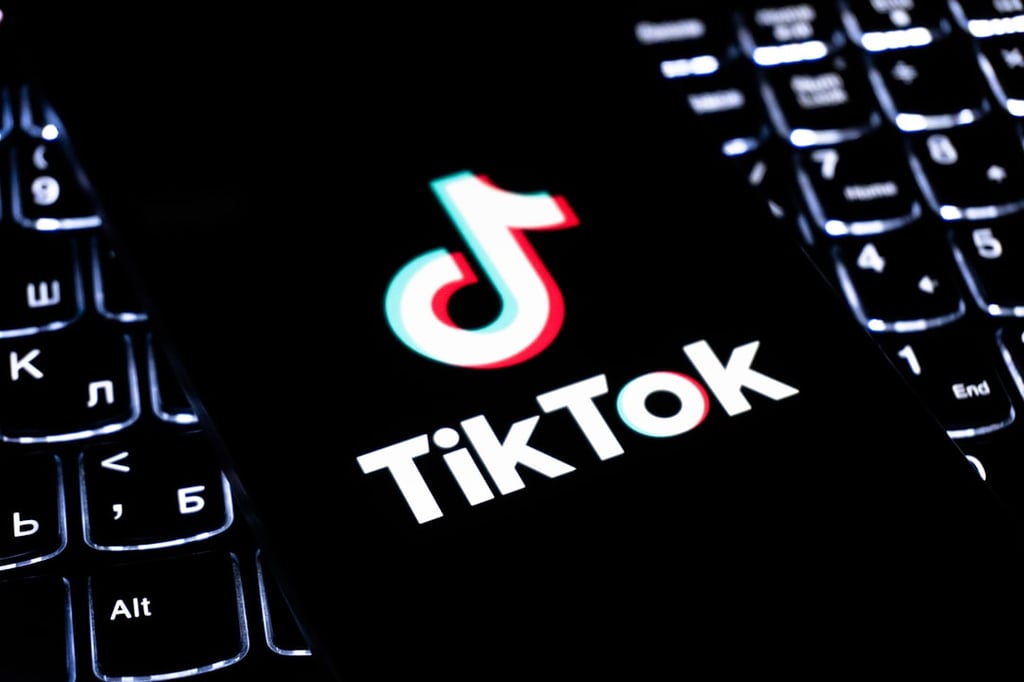The camera phone is turning out to be the most disruptive technology of our age.
Camera phones are changing not only digital camera and phone handset industries, but also social networking, security, journalism, art, science, politics and more.
Why Camera Phones Disrupt
The cameras built into phones are nothing special. They take digital pictures, just like regular digital cameras do.
But there are three qualities that make cameras that are built into phones so incredibly disruptive.
First and most importantly, people carry them everywhere they go, so hardly any event or situation escapes photography now.
Second, they’re already connected to the Internet. The social sharing of photographs is the defining action of our time.
And third, smart phone cameras are accessible by apps, a fact that has unleashed the creativity of thousands of developers to come up with unexpected uses.
Of course, camera phones have been around for a while. But what’s new is that both adoption rates of camera-enabled phones, and the quality of the cameras in those phones, have reached critical mass.
Camera Phones Are Now Serious Cameras
The best digital camera review site (in my opinion), Digital Photography Review, or DPReview, recently launched a camera phone site where they plan to exhaustively evaluate the quality of cameras in smartphones. The new site is called DPReview Connect.
It’s a surprising launch. DPReview is a serious camera site used by professionals, and one that used to look down on phone cameras as not worth mentioning. Now they’ve made a video about why camera phones are changing the world.
Even before they launched their camera phone site, DPReview published an uncharacteristically philosophical review of the iPhone 5, and pointed out that the “iPhone 4S and iPhone 5 actually offer genuinely useful image quality that in favorable conditions, is hard to tell apart from the output from ‘proper’ cameras, which the reviewer said “signals a paradigm shift.”
The review pointed out that the most-used camera in the history of photography is the iPhone. The iPhone 4S version by itself is used by more photographers on Flickr than any other camera of any kind.
One lab pointed out that the better camera phones on the market today take provably higher quality photos than “high-end” compact digital cameras on the market in 2007 were capable of.
Video host Wistia even makes the case that the Apple iPhone is usable as a professional-quality video camera, if you use other techniques used by pros (good lighting, for example).
Camera phones are being used to make movies and even for photography art exhibitions.
Of course, despite qualitative improvements, high-quality DSLRs still take superior quality pictures. But look at what happened to music. Audiophiles abandoned the qualitatively superior LP for inferior CDs, which they dropped for the even lower quality MP3 format, because the ability to download and share and carry music on a mobile device was more important than enjoying the highest-quality audio.
Meanwhile, the qualitative improvement in phone cameras coincides with the now-ubiquitous human behavior of taking pictures and videos and uploading them to social networks, or texting or mailing them to people.
Picture taking has also become the most important feature in the marketing of phones.
Apple, for example, has prime-time TV ads that pitch nothing but photography.
The iPhone has also been supported by a wide variety of add-on lenses, including the iPhone Lens Dial, the Olloclip and, most extreme, the iPhone Telephoto Lens, which confers some advantage on Apple’s phones compared with competitors.
That may change soon with a new onslaught of non-Apple cameras with powerful cameras.
The new standard for upcoming high-end camera phones appears to be 13 megapixels.
One example is the upcoming Sony Xperia TL, which is a powerful Android phone with a 13-megapixel camera.
Another is the LG Optimus G, another Android phone that will come in either 8- or 13-megapixel options.
It remains to be seen if pixel density will be matched by optics and software to produce superior photographs. But it’s clear that the handset industry is aggressively pursuing camera quality as the leading selling point.
Photo-quality reputation can work both for and against handset manufacturers. Apple has been hammered with complaints about the appearance on pictures taken with the iPhone 5 of a “purple haze” around any super bright light, such as when people take pictures of the sun.
Apple’s response, which was that you can eliminate the flare by “moving the camera slightly to change the position at which the bright light is entering the lens,” which prompted heckling that Apple’s response was the same as the “antenna-gate” scandal, which is that “you’re holding it wrong.”
The desperate need to position phone handsets as superior cameras may have even motivated Nokia to false-advertise the photography capabilities of its Lumia 920 using professional-level equipment. The company apologized.
Industries Transformed
The rising dominance of taking pictures and sharing them on social networks is transforming both the phone and camera industries.
The transformation of phones is obvious: Phones are now competing primarily over the quality of the overall experience with taking pictures and sharing them.
But within a year or two, most major point-and-shoot cameras, and even prosumer cameras, will ship with Wi-Fi or mobile broadband or both, plus software for quickly posting to Instagram, Facebook, Twitter or Google+.
The Samsung Galaxy Camera and the Nikon COOLPIX S800c represent the future of all digital point-and-shoot cameras. These devices don’t make phone calls, but enable wireless connectivity to the Internet and the social sharing of pictures.
As point-and-shoot cameras get cell phone operating systems and smartphone-like capabilities for social sharing, no part of the digital camera market is unaffected. Even the high-end prosumer cameras are being redesigned for social photography.
The Nikon D600, for example, uses Wi-Fi to connect with your smartphone. You can control the shutter and other functions with a phone, then use the phone to extract and upload pictures to the social networks.
Cameras in phones are also driving the app economy. Both the Android Play Store and the iOS App Store offer huge selections of camera and photography apps.
One example is a $2.99 iPhone app called Blux Camera, which gives you Instagram- and Photoshop-like filters and effects. The difference is that the app will show you the effect on screen in real-time before you take the picture. It even has intelligence that will use location and weather information to suggest a filter.
This is just one of hundreds of camera apps that do things regular digital cameras can’t do.
It’s also worth noting the importance of the camera feature in smart phones that isn’t about sharing photographs. Apps increasingly integrate cameras as document scanners, barcode scanners, augmented reality applications, junk mail reduction services, video conferencing and many others that use the camera as a sensor, rather than a picture taker.
Above all, camera phones are transforming social networking. People are beginning to communicate less with words and more with pictures, leading to the rise in picture-centric sites like Pinterest, and transforming what kind of content is most popular on Facebook, Google+, Reddit and Twitter.
As social networks increasingly become how humans communicate about everything, pictures are becoming the most appealing way for people to share on social networks.
Camera phones are affecting politics, as gaffs, blunders and inappropriate behavior is caught on phones and uploaded to the social web. Camera phones are capturing and shaming police brutality, political violence and tyranny, enabling millions of people all over the world to witness things with their own eyes for the first time in history.
I can’t think of any technology right now that’s disrupting human culture like the once-humble camera phone.
-
Huawei’s AI Update: Things Are Moving Faster Than We Think
FEATURE | By Rob Enderle,
December 04, 2020
-
Keeping Machine Learning Algorithms Honest in the ‘Ethics-First’ Era
ARTIFICIAL INTELLIGENCE | By Guest Author,
November 18, 2020
-
Key Trends in Chatbots and RPA
FEATURE | By Guest Author,
November 10, 2020
-
Top 10 AIOps Companies
FEATURE | By Samuel Greengard,
November 05, 2020
-
What is Text Analysis?
ARTIFICIAL INTELLIGENCE | By Guest Author,
November 02, 2020
-
How Intel’s Work With Autonomous Cars Could Redefine General Purpose AI
ARTIFICIAL INTELLIGENCE | By Rob Enderle,
October 29, 2020
-
Dell Technologies World: Weaving Together Human And Machine Interaction For AI And Robotics
ARTIFICIAL INTELLIGENCE | By Rob Enderle,
October 23, 2020
-
The Super Moderator, or How IBM Project Debater Could Save Social Media
FEATURE | By Rob Enderle,
October 16, 2020
-
Top 10 Chatbot Platforms
FEATURE | By Cynthia Harvey,
October 07, 2020
-
Finding a Career Path in AI
ARTIFICIAL INTELLIGENCE | By Guest Author,
October 05, 2020
-
CIOs Discuss the Promise of AI and Data Science
FEATURE | By Guest Author,
September 25, 2020
-
Microsoft Is Building An AI Product That Could Predict The Future
FEATURE | By Rob Enderle,
September 25, 2020
-
Top 10 Machine Learning Companies 2020
FEATURE | By Cynthia Harvey,
September 22, 2020
-
NVIDIA and ARM: Massively Changing The AI Landscape
ARTIFICIAL INTELLIGENCE | By Rob Enderle,
September 18, 2020
-
Continuous Intelligence: Expert Discussion [Video and Podcast]
ARTIFICIAL INTELLIGENCE | By James Maguire,
September 14, 2020
-
Artificial Intelligence: Governance and Ethics [Video]
ARTIFICIAL INTELLIGENCE | By James Maguire,
September 13, 2020
-
IBM Watson At The US Open: Showcasing The Power Of A Mature Enterprise-Class AI
FEATURE | By Rob Enderle,
September 11, 2020
-
Artificial Intelligence: Perception vs. Reality
FEATURE | By James Maguire,
September 09, 2020
-
Anticipating The Coming Wave Of AI Enhanced PCs
FEATURE | By Rob Enderle,
September 05, 2020
-
The Critical Nature Of IBM’s NLP (Natural Language Processing) Effort
ARTIFICIAL INTELLIGENCE | By Rob Enderle,
August 14, 2020
SEE ALL
ARTICLES







